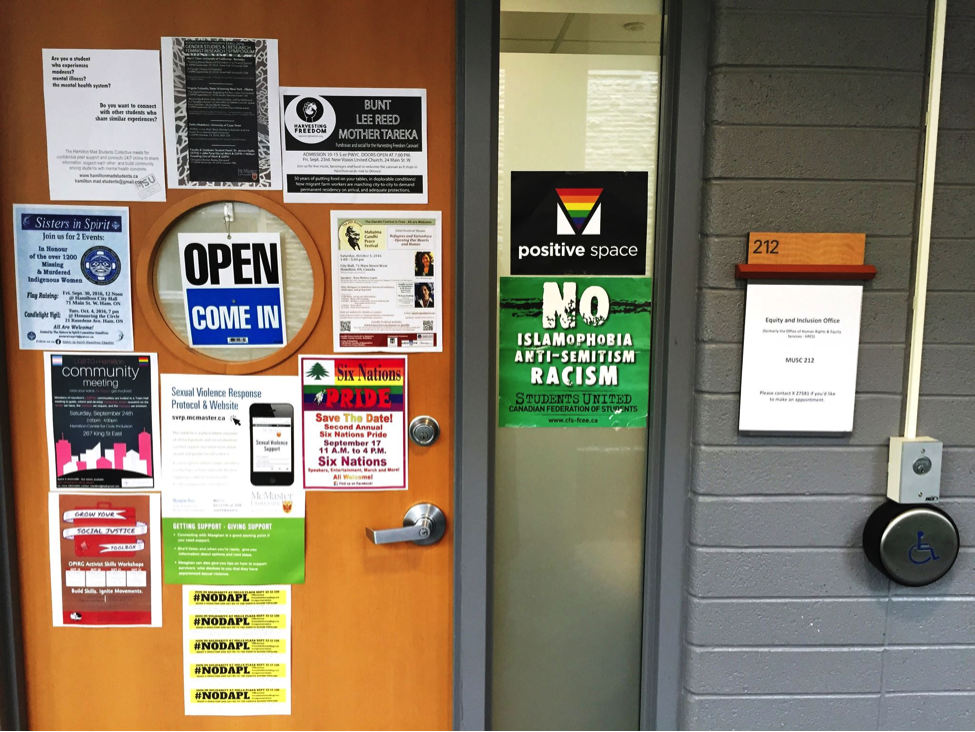There are several ways an accessibility lens can be incorporated during the selection of course material. Below, we offer examples of Barriers that commonly arise and Accessible Education suggestions for mediating them.
Barriers and Accessible Education Suggestions
| Cost | The cost of course materials can present a serious financial barrier to students, many of whom are living with lower incomes and higher debt than students in the past (McMaster-Community Poverty Initiative, 2016). |
| Reducing Cost | By being explicit about required materials, and offering a variety of options for accessing it, you can help students make decisions that will reduce financial barriers.
|
|
|
| Usability | There are multiple reasons why course material may be difficult for students to effectively use. For instance, the weight, technical specifications, and layout/design of course material, as well as its alignment with other course content, may make course material fatiguing to transport, inaccessible for students using screen-readers or adaptive technology, or confusing to visually interpret and read. |
| Enhancing Usability | We encourage you to anticipate and mediate possible barriers to accessing your course material and to seek feedback from students to address any concerns.
|
| Prejudice | It is often difficult for us to notice prejudice in the materials we select, exclude, or never think to consider. The content area of our course and our disciplinary traditions can also play a significant role in how diversity is attended to and incorporated (or not) within the design and delivery of course material.
We’ve gathered some questions below to get you thinking about this in relation to your course content. |
Self-Reflection
- Are there ways you might add matters of equity and inclusion into your course description or class schedule as a relevant theme?
- Do your case studies inadvertently replicate common stereotypes about specific population groups?
- When teaching about a particular group of people, are there readings available to you written by authors who identify as members of this population?
- For instance, can you include writing by disabled/Mad people, service users, and patients/clients about their own experiences, rather than material exclusively written by academics or service providers?
- Are materials by Indigenous scholars available to you, or only works about Indigenous peoples, written by non-Indigenous anthropologists or historians?
- How might you enhance the visibility of scholars from traditionally excluded groups (e.g. LGBTQ+ people and people of colour, scholars writing from the Global South and from non-Western perspectives, women)?
- How might you enhance the diversity of images on PowerPoint slides and examples given in lecture?

| Ensuring Equity and Inclusion | There are several ways you can stay alert for prejudice during course planning and seek to address equity and inclusion in your teaching. Colleagues and teaching supports on campus can assist you.
Variety: Include materials from varied voices and experiences. We encourage you to ask colleagues and consult available resources for sources to expand the diversity of your course content. |

*Photo of the door to McMaster’s Equity and Inclusion Office (MUSC 212) covered in posters of equity-related events*
|
|



